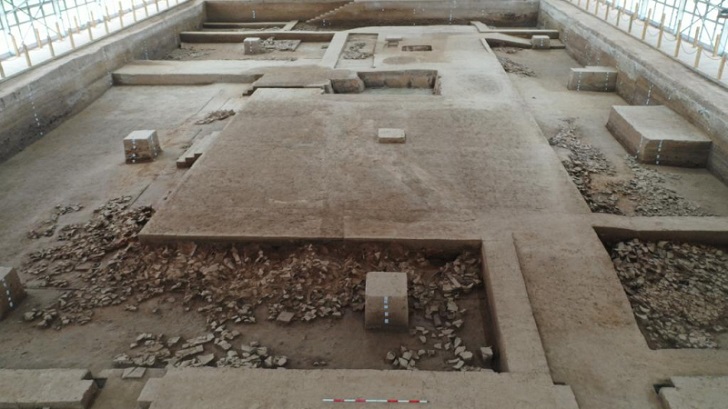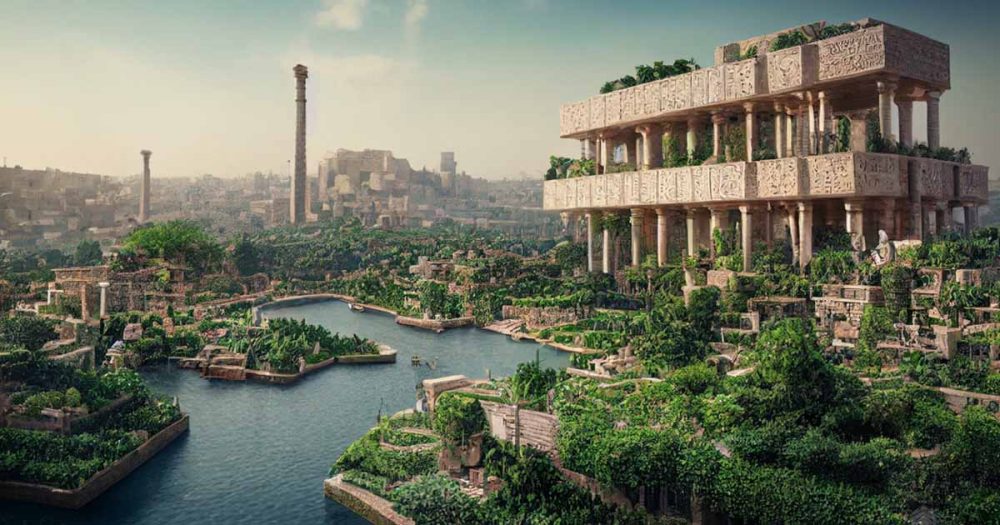The discovery of an ancient toilet at a palace ruins site in China has been making headlines in the archaeological world. It may seem odd to some people to pay attention to such a mundane piece of infrastructure. However, this toilet carries great historical, cultural, and technological significance, leaving researchers reeling.
Keep reading as we unpack what archaeologists have recently unearthed in China and how it can help us understand ancient Chinese civilization better.
Details of the Flush Toilet
The toilet found in the palace ruins dates back to the Western Han Dynasty, which existed from 206 BC to 24 AD. It is located in the southern part of China in Jiangsu province. The toilet is rectangular and measures around 2 meters in length and 80 centimeters in width. It also has a drainage system, which shows that the ancient Chinese had already developed knowledge and skills in plumbing.

China Academy of Social Sciences/ Getty Images | Archeologists excavated the ruins of the palace in the city of Yueyang and were surprised to find a flush toilet
Toilets in ancient China were not just functional pieces of infrastructure - they also carried social implications. In the Western Han Dynasty, only the elite class had access to toilets, while common people had to relieve themselves in the streets.
This created a sense of social hierarchy, as having a private toilet symbolized high social status. The discovery of this toilet in the palace ruins provides evidence of the social hierarchy in the Western Han Dynasty.
Related Items Discovered Nearby
Along with the flush toilet, four large, intricately carved stone tiles were found in the area. They were found with no context, meaning, or use attached to them. Archaeologists believe these tiles may have been part of a larger, grander structure. They were most likely used to create an aesthetic appeal while displaying an artist's skill.
Further Historical Significance

China Academy of Social Sciences/ Getty Images | The ancient toilet is "deceptively advanced" because of the water drainage system.
The discovery of the flush toilet and the intricately carved tiles nearby help further our understanding of ancient Chinese civilization in many ways. Such a sophisticated plumbing system indicates that their society was more technologically advanced than previously thought. In contrast, the tiles' discovery suggests an appreciation for aesthetics and intricate designs. Studying these artifacts can help shed light on this civilization's technological and artistic capabilities and its religious and social structures.
Conclusion

STR/AFP/ Getty Images | The finding is significant because it may refute the earlier belief that Victorian England is where the modern flush toilet first appeared
As archaeologists continue to unearth new and exciting findings, the historical context of the flush toilet discovered in China cannot be understated.
We can use the artifacts and the evidence provided to understand better society’s social, religious, and technological advancements at the time. As with the flush toilet, analyzing the finer details of the other discoveries in the area can unlock exciting insights that can only help us understand what life was like 2,000 years ago in China.




